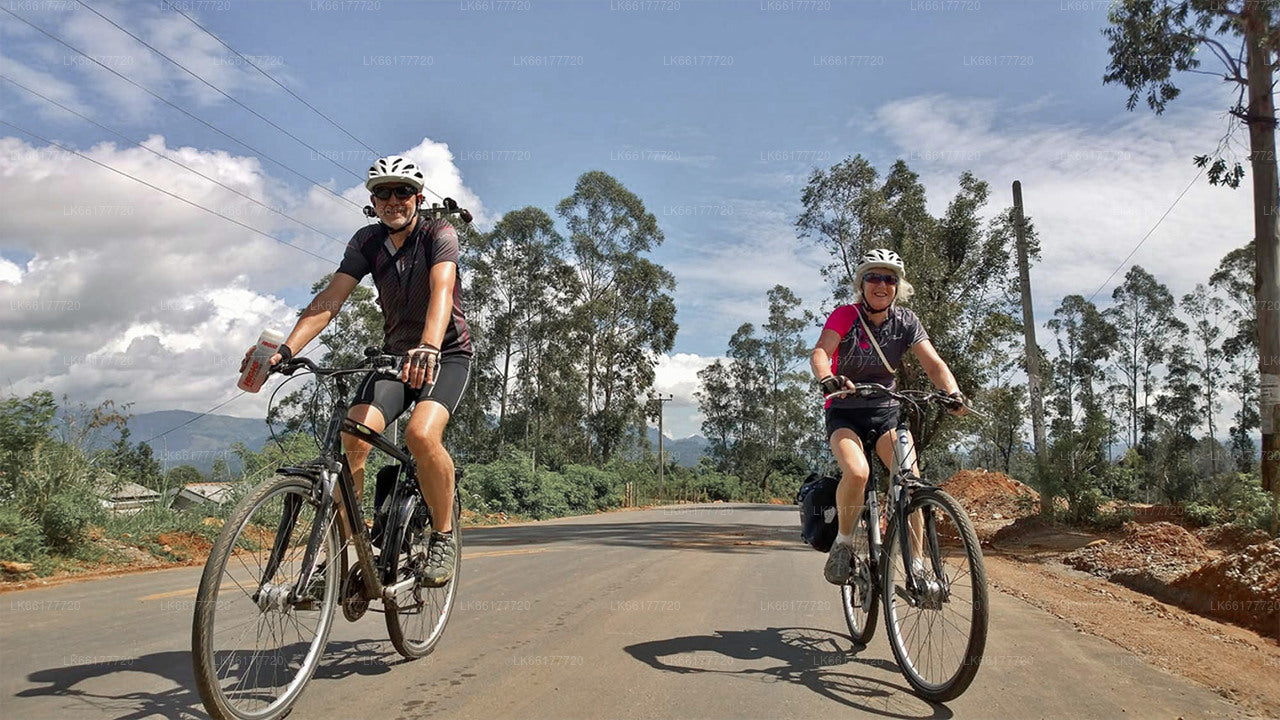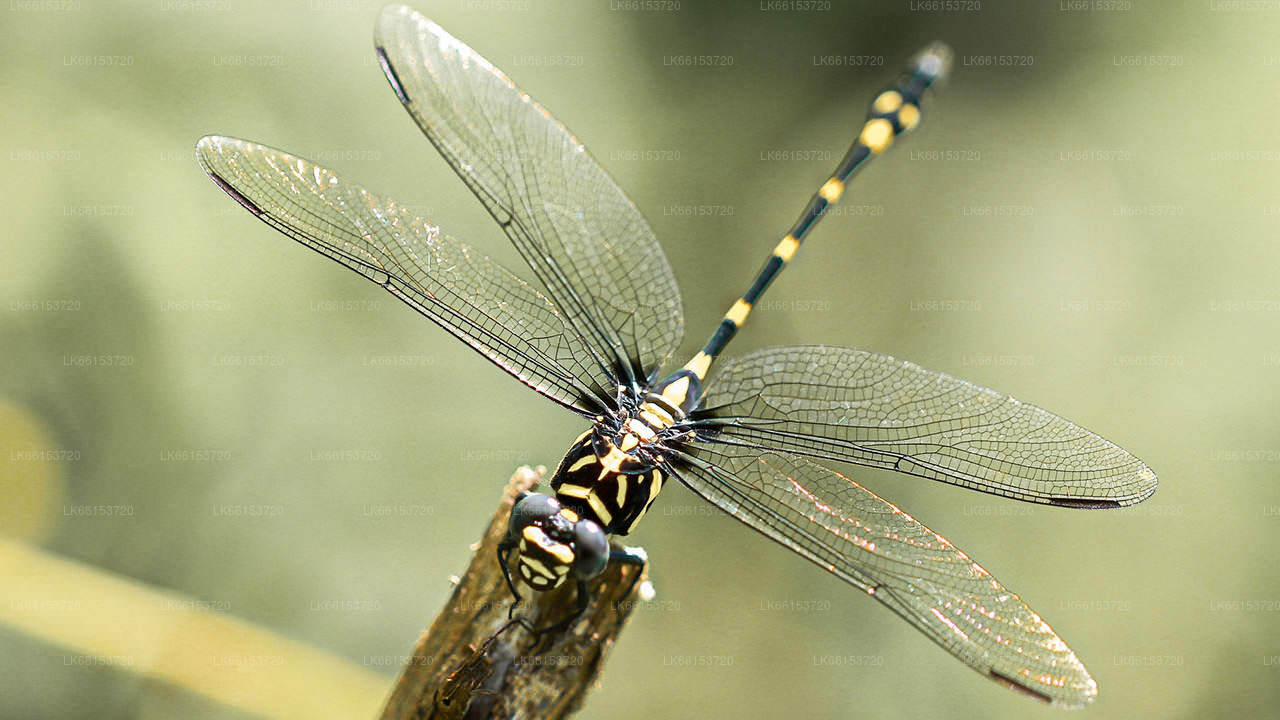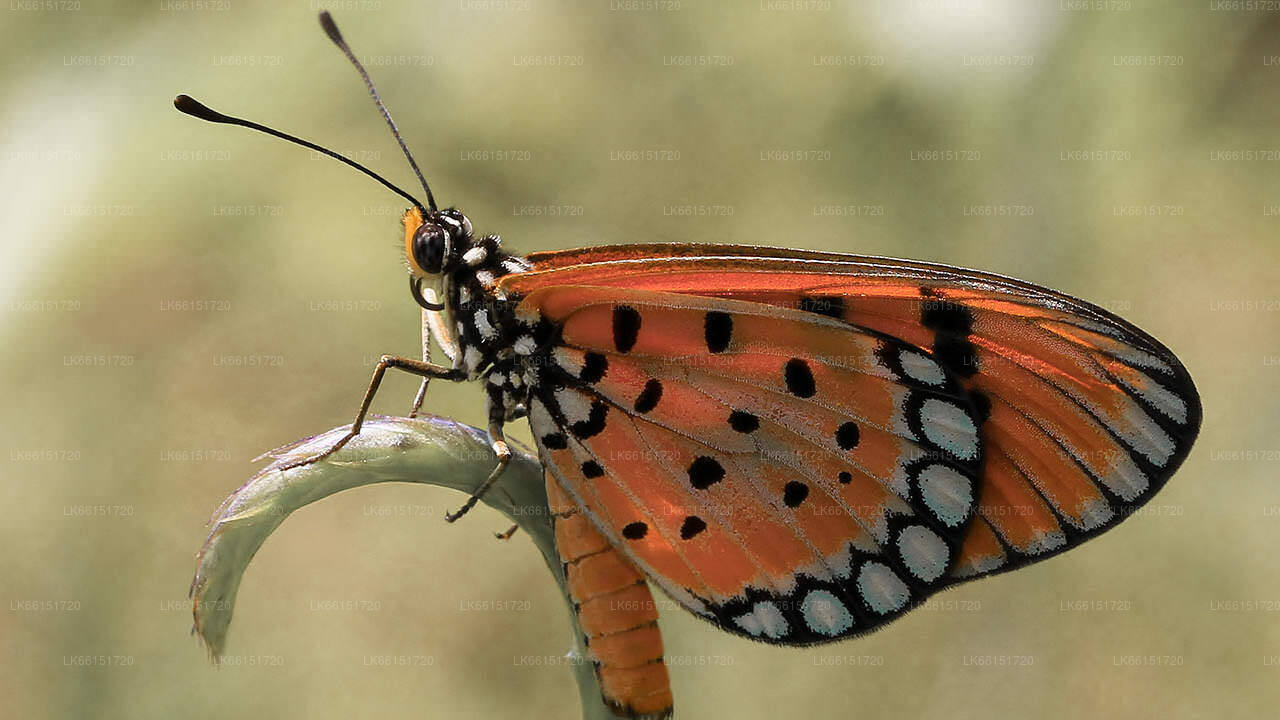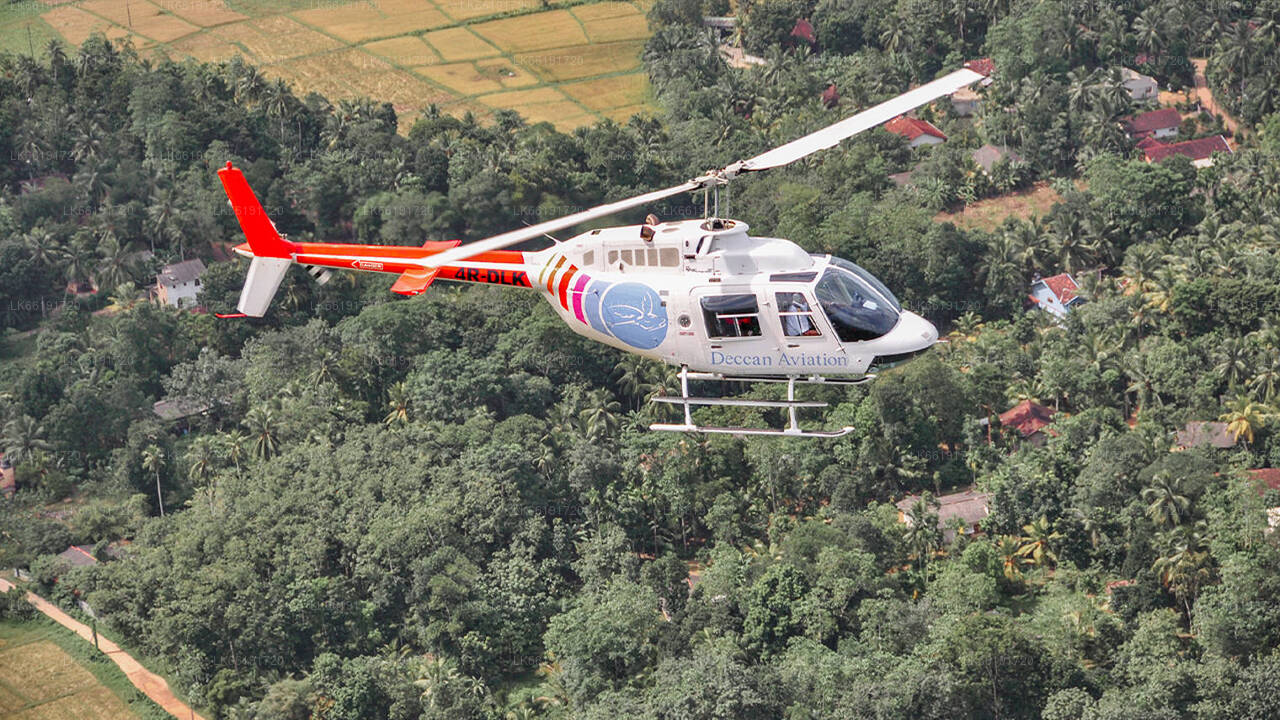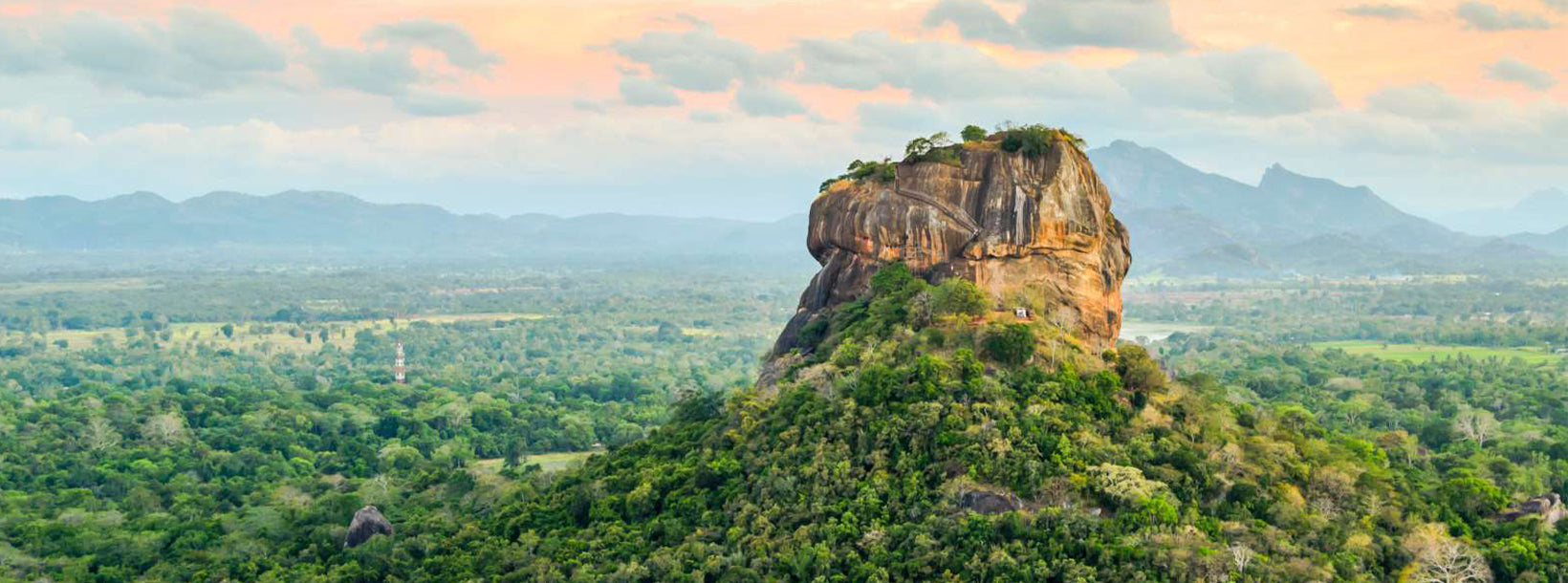
Město Sigiriya
Sigiriya, památka UNESCO na Srí Lance, je starobylá skalní pevnost a palác s úchvatnými freskami a rozsáhlými zahradami. Dramaticky se tyčí z rovin a je důkazem bohaté historie a architektonické vynalézavosti ostrova. Prozkoumejte okouzlující krásu a kulturní význam Sigiriyi.
Sigiriya Museum
The museum in Sigiriya is well known to be the most attractive in South Asia, managed by the Central Cultural Fund. Sigiriya Museum represents its cultural, technological and archaeological value. Three decades of archaeological research on Sigiriya, the famous UNESCO world heritage site, can be explored at the Sigiriya Museum.
The design of the museum was inspired by the sophisticated design of Sigiriya itself. It followed the concept of Green Building with the mastery use of water and the use of trees so that it stimulates a true experience. Furthermore, the floors are built so that visitors can feel the Sigiriya climb through the ascending terraces and the wide stairways.
Established in 2009, the museum contains galleries depicting the excavation efforts carried out at Sigiriya. The way it was structured is an excellent example of green building technology, as it was expertly constructed around the massive and mighty trees that have reigned the area for eons, roots-deep, as well as natural water springs.
The museum has three floors, designed to suit the pre-existing levels within the rock itself. Introductions to the exhibits and guides are available in the three main languages (Sinhala, Tamil and English) in the museum lobby.
To enter the museum, you have to make your way through a tunnel, and once you reach the first level, you’ll be greeted by the protohistory section of the museum, which contains a bunch of artefacts, including age-old pots and implements made of iron.
The next level is dedicated to the monastic era of Sigiriya, and thus includes many exhibits from that period. Glass panels provide you an overhead-view of the rock fortress’ attractions, including the water gardens at its entrance, the rusty mirror wall, and even the summit.
- Entrance fees are included in your tickets to the Sigiriya Rock Fortress.
- Sigiriya Museum is open from 8 a.m. to 5 p.m. all week.
- Not permitted get the photography in the Sigiriya Museum.
O Centrální provincii
Centrální provincie Srí Lanky se skládá převážně z hornatého terénu. Provincie má rozlohu 5 674 km² a 2 421 148 obyvatel. Mezi některá větší města patří Kandy, Gampola (24 730), Nuwara Eliya a Bandarawela. Obyvatelstvo je směsicí Sinhálců, Tamilů a Maurů.
Jak horské hlavní město Kandy, tak i město Nuwara Eliya se nacházejí v Centrální provincii, stejně jako Srí Pada. Provincie produkuje velkou část slavného cejlonského čaje, který Britové vysadili v 60. letech 19. století poté, co ničivá nemoc zničila všechny kávové plantáže v provincii. Centrální provincie přitahuje mnoho turistů, a to díky městům v horských oblastech, jako jsou Kandy, Gampola, Hatton a Nuwara Eliya. Chrám Buddhova zubu neboli Dalada Maligawa je hlavním posvátným místem v Centrální provincii.
Podnebí je chladné a mnoho oblastí v nadmořské výšce okolo 1500 metrů má často chladné noci. Západní svahy jsou velmi vlhké, na některých místech spadne téměř 7000 mm srážek ročně. Východní svahy patří do středně suché zóny, protože zde spadne pouze severovýchodní monzun. Teploty se pohybují od 24 °C v Kandy do pouhých 16 °C v Nuwara Eliya, která se nachází 1 889 m nad mořem. Nejvyšší hory Srí Lanky se nacházejí v Centrální provincii. Terén je převážně hornatý s hlubokými údolími, která se do něj zařezávají. Dvěma hlavními horskými oblastmi jsou centrální masiv a pohoří Knuckles východně od Kandy.










